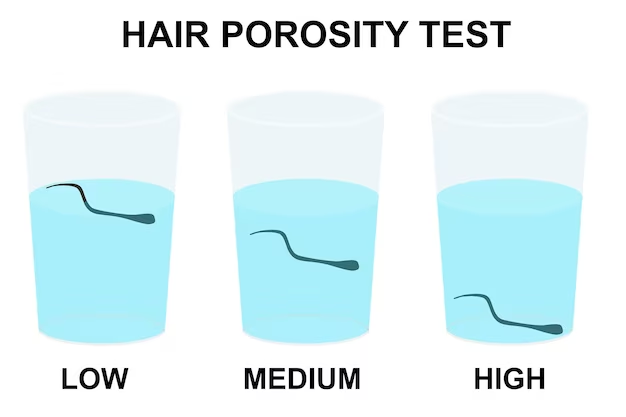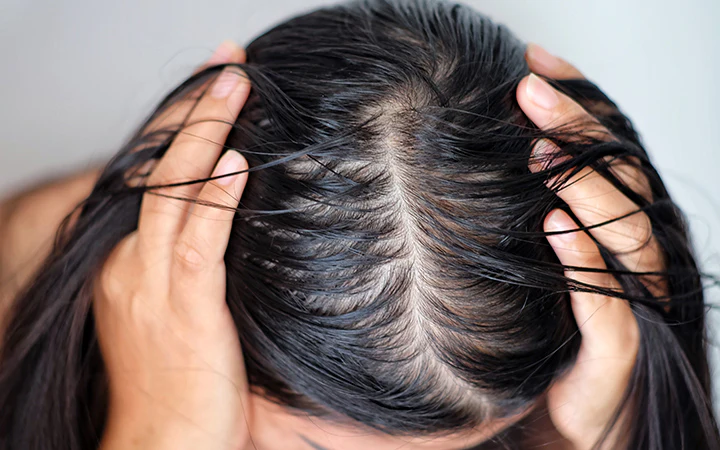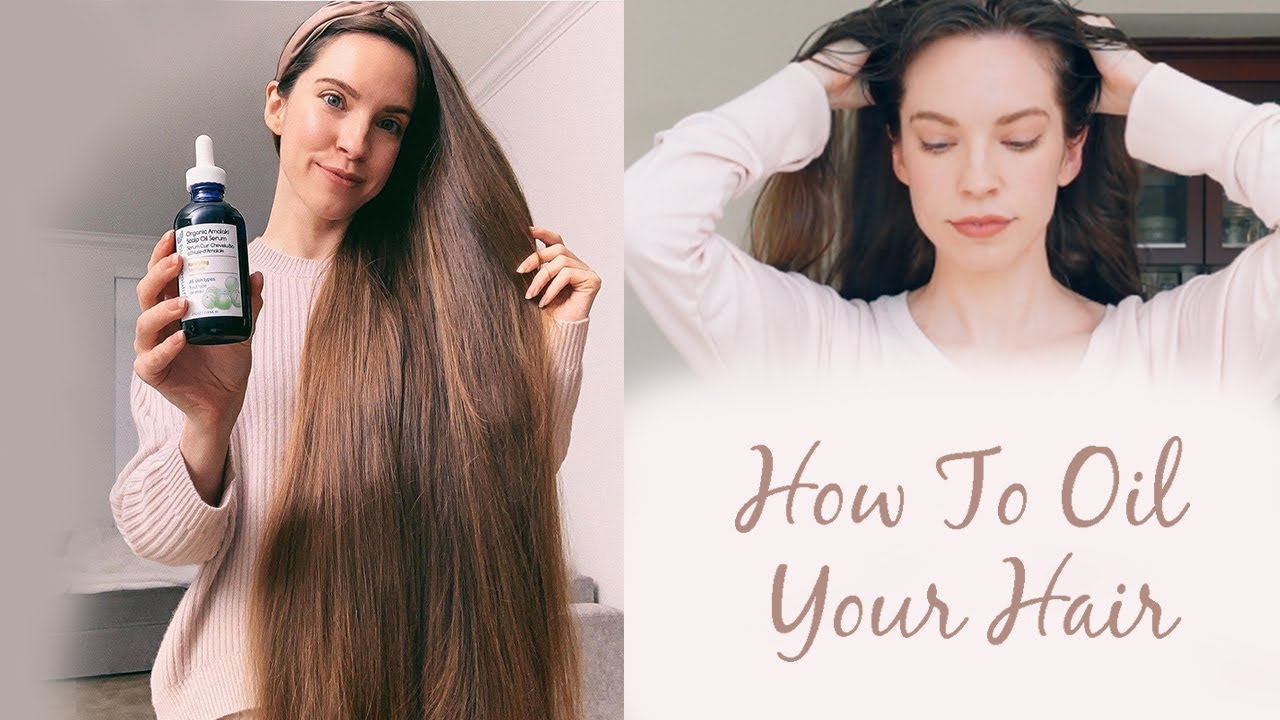Hair care can sometimes feel like a guessing game, especially if you’ve tried different products and nothing seems to work. One of the most important factors to understand is your hair’s porosity, which refers to how well your hair absorbs and retains moisture. If you struggle with dry hair, slow drying times, or products sitting on your hair without absorbing, you may have low porosity hair.
In this article, we’ll break down what low porosity hair is, how to identify it, and how to care for it effectively. Whether you’re just learning about your hair type or looking for better ways to manage it, we’re here to help!
What is Low Porosity Hair?
Low porosity hair is characterized by tightly packed cuticles that overlap, making it difficult for moisture, oils, and hair products to penetrate the hair shaft. Imagine the cuticles as tiny roof shingles—when tightly packed, they form a barrier preventing moisture from getting in.
This hair type tends to resist moisture during washing, and products often sit on top of the hair rather than being absorbed. As a result, people with low porosity hair may need help to hydrate their hair or achieve the results they want with styling products.
What Causes Low Porosity Hair?
Low porosity hair is usually due to genetic factors. You’re born with it, not caused by external damage from chemicals or heat. However, suppose your hair is exposed to heat or chemical treatments that damage the cuticle layer. In that case, it can become high porosity, where the cuticles are raised and allow moisture in too easily—leading to other challenges like dryness and breakage.
How to Tell if You Have Low Porosity Hair
If you’re unsure whether you have low-porosity hair, there’s an easy way to test it at home:
- Clean your hair thoroughly: Shampoo and rinse your hair well to remove any product buildup, as clean hair gives the most accurate result.
- Perform the float test: Take a clean, dry strand of hair and drop it into a glass of water.
- Observe the strand:
- If the hair floats on the surface before slowly sinking, you likely have low porosity hair.
- Hair that sinks quickly is typically high porosity.
- Hair that hovers somewhere in the middle indicates medium porosity.
Characteristics of Low Porosity Hair
Low porosity hair comes with some distinct traits. If you’re wondering whether this applies to you, here are a few common signs:
- Products Sit on the Hair: Because of the tightly packed cuticles, products often don’t penetrate the hair shaft. You may notice that oils, creams, or moisturizers sit on top of your hair instead of absorbed, leaving a greasy or slick feeling.
- Takes a Long Time to Get Wet: Low porosity hair can resist water. It takes longer for water to fully penetrate the hair during washing, which can make washing a lengthier process.
- Long Drying Time: Once your hair is wet, it may take a long time to air-dry, and even blow-drying can take longer than other hair types.
- Product Build-Up: Since products are not absorbed easily, low porosity hair is prone to build-up, especially if you frequently use heavy creams or oils.
How to Care for Low Porosity Hair
Caring for low porosity hair involves finding ways to help your hair absorb moisture and nutrients more effectively. Here are some tips to keep your hair healthy and manageable:
Choose Lightweight, Penetrating Products
- Shampoos: Use shampoos that don’t leave a lot of residue. Look for ingredients like honey and glycerin, which can help open the cuticles and allow moisture to penetrate.
- Examples: Kinky-Curly Come Clean Natural Moisturizing Shampoo, Garnier Fructis Curl Nourish Sulfate-Free and Silicone-Free Shampoo, Neutrogena Anti-Residue Shampoo (for occasional clarifying).
- Conditioners: Opt for lightweight, water-based, or dilute thicker conditioners with a small amount of water. This makes it easier for your hair to absorb the product.
- Examples: Davines OI All in One Milk, DevaCurl One Condition Original.
- Deep Conditioning: Deep conditioning treatments can be a game-changer for low porosity hair. Apply the conditioner and use gentle heat to open up the cuticles. You can do this with a steamer, heat cap, or a blow dryer under a shower cap.
- Examples: Jessicurl Deep Conditioning Treatment, Briogeo Don’t Despair, Repair! Deep Conditioning Hair Cap System.
Use Heat to Help Open the Cuticle
Heat is your friend when it comes to low porosity hair. Applying heat during your conditioning routine can help lift the cuticles, making it easier for moisture and products to penetrate the hair shaft. You can use a hooded dryer or a hair steamer or even wrap your hair in a warm towel after applying conditioner to enhance absorption.
Avoid Protein-Rich Products
Although protein is good for strengthening hair, low porosity hair doesn’t usually need extra protein. Protein treatments can make low porosity hair feel stiff and brittle. Stick to moisturizing products instead of those that focus on protein.
Clarify Regularly
Because low porosity hair tends to accumulate product build-up, it’s essential to use a clarifying shampoo occasionally. This helps to remove any residue and allows your hair to absorb moisture and nutrients better.
Apply Products to Wet, Warm Hair
After washing, while your hair is still damp and warm, apply your hair products. Warmth slightly lifts the cuticle, allowing the products to penetrate more effectively. Be mindful of how much product you use—a little goes a long way with low porosity hair!
Best Styling Products for Low Porosity Hair
Styling low porosity hair can be tricky, but using the right products can make all the difference:
- Curl Enhancers: If you want to enhance curls without weighing them down, try a conditioning gel that adds definition without leaving residue.
- Example: Eden Bodyworks Curl Defining Creme.
- Heat Protectants: If you use heat tools to style your hair, a lightweight thermal protectant spray can help prevent damage without causing build-up.
- Example: Joico Ironclad Thermal Protectant Hair Spray.
- Quick-Drying Products: Since low porosity hair takes longer to dry, using a quick-dry product can help reduce blow-dry time.
- Example: My Amazing Blow Dry Secret.
Final Thoughts
Low porosity hair can be difficult to manage because it resists moisture and tends to build up product residue. However, with the right care routine and products, you can keep your hair healthy, hydrated, and easy to style. Focus on using lightweight, moisture-penetrating products, and incorporate gentle heat to help open your cuticles during conditioning. Regular clarifying and avoiding protein-heavy products will also go a long way in keeping your hair soft and manageable.
With these tips, you’ll be well on your way to achieving your healthiest hair yet—no matter how stubborn those cuticles are!



